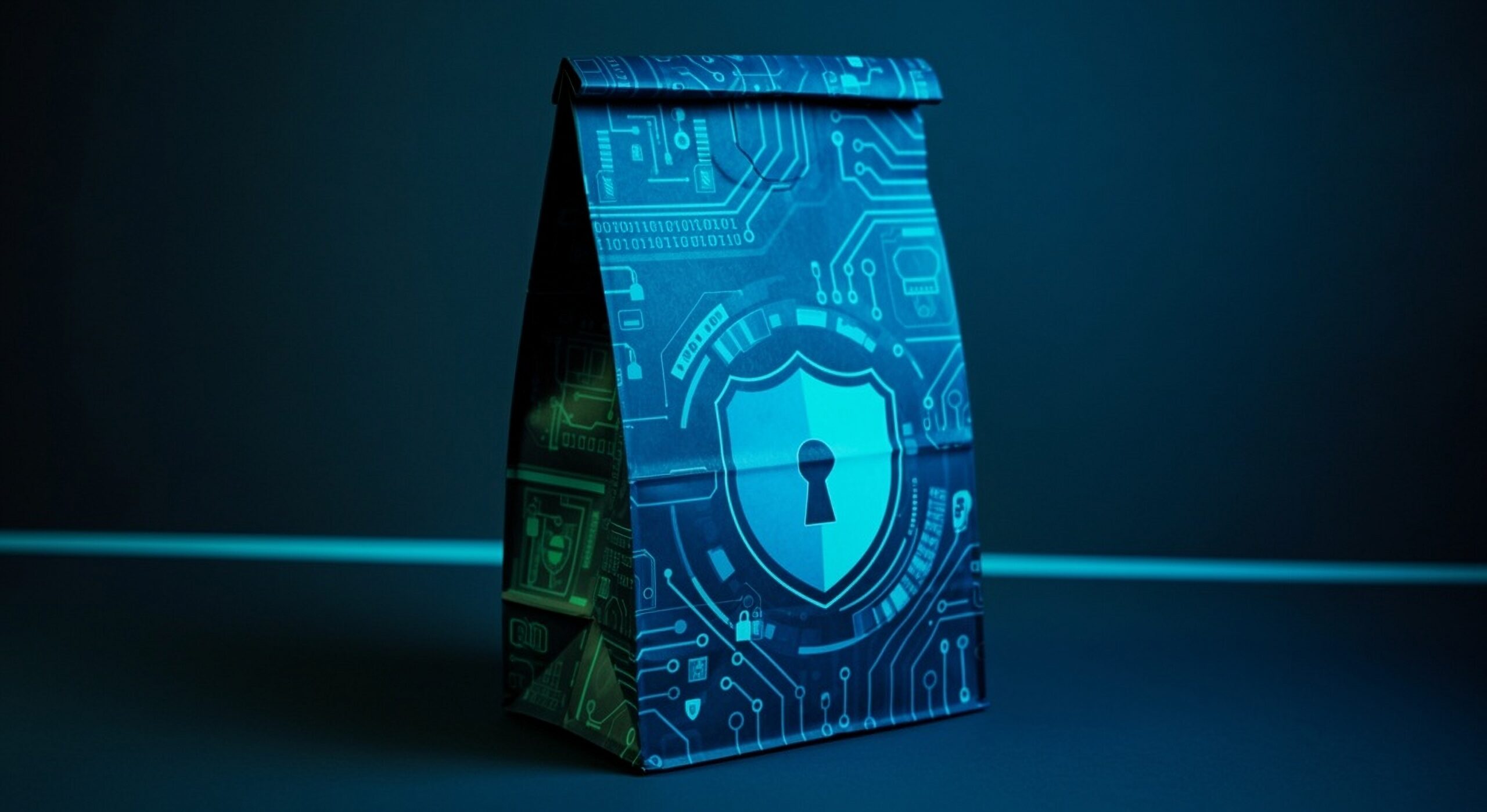




Operational Technology (OT) systems are the backbone of critical industries, from manufacturing to utilities. However, many of these systems were built decades ago—long before today’s complex and pervasive cyber threats. These legacy systems often lack built-in cybersecurity features, making them prime targets for hackers. In a world where the stakes for operational disruption are high, understanding how to secure outdated OT systems is essential for safeguarding your organization.
Legacy OT systems weren’t designed with cybersecurity in mind. Many of these technologies operate on proprietary protocols, lack encryption, or rely on outdated software that no longer receives updates or patches. Common vulnerabilities include:
Why not simply replace legacy OT systems with modern solutions? Unfortunately, it’s not that simple. These systems often control mission-critical processes and replacing them can:
Thus, most organizations need to find ways to secure these systems while keeping them operational.
Separate OT networks from IT networks to minimize exposure to cyber threats. Use firewalls and demilitarized zones (DMZs) to create barriers between critical systems and less secure environments.
Deploy IDS solutions tailored for OT environments to monitor network traffic for anomalies. These tools can help detect unusual activity, such as unauthorized access attempts or malware infiltration.
While legacy systems might lack native security features, retrofitting can bolster their defenses. Consider:
Specialized third-party solutions can provide added protection to legacy OT systems. Look for tools designed to:
Perform regular security audits to identify vulnerabilities in your OT infrastructure. This allows you to prioritize security improvements and address the most critical risks first.
If a cyberattack occurs, having a clear, actionable response plan is crucial. Ensure your team knows how to isolate compromised systems, contain the breach, and restore operations quickly.
Human error is a significant contributor to cyber incidents. Train employees who interact with legacy OT systems on best practices, such as:
A well-trained workforce acts as an additional layer of security for legacy systems.
Securing legacy OT systems is a balancing act between maintaining their functionality and implementing modern protections. Overinvesting in security measures can sometimes compromise operational performance, while underinvesting can leave your organization exposed. Partnering with experts who understand OT and cybersecurity is often the most efficient way to achieve this balance.
While legacy systems can’t be replaced overnight, it’s crucial to plan for long-term modernization. Begin by identifying the systems most at risk and exploring phased upgrades or hybrid solutions that incorporate modern technologies alongside legacy components.
Securing legacy OT systems may be challenging, but with the right strategies and tools, it’s possible to protect your organization from modern cyber threats.
Looking to safeguard your legacy OT systems? Wolfe Evolution specializes in securing operational technology environments with tailored, robust solutions. Contact us today to learn how we can help protect your most critical assets.